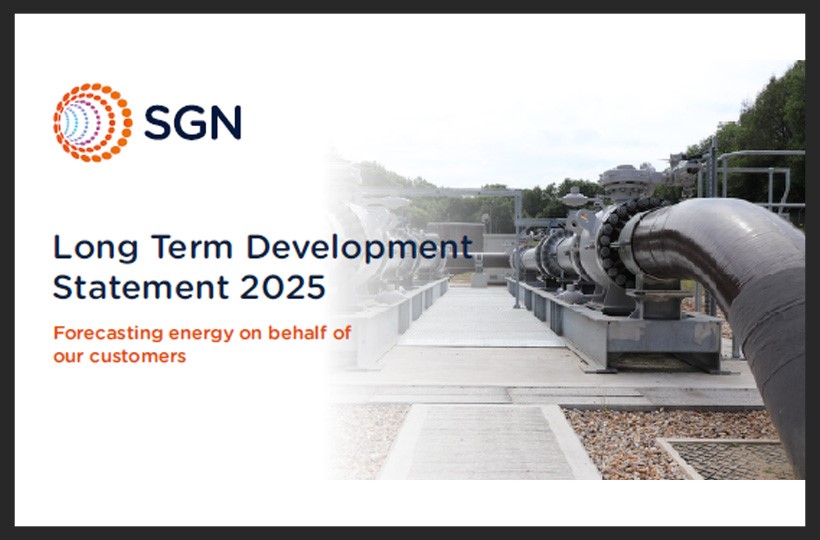
Gas demand across Scotland and southern England is forecast to rise over the next decade, according to SGN’s newly published 2025 Long Term Development Statement (LTDS).
Annual gas consumption is projected to increase by 8.6% by 2035, reflecting a steady recovery from the sharp decline seen during the COVID-19 pandemic and cost-of-living crisis. Peak day demand - the highest level of daily usage we may experience during severe weather - is also forecast to rise, though more modestly, by 1.8% over the same period.
The rebound is driven primarily by domestic customers. Between 2021 and 2023, household gas use fell by 16%, the steepest two-year drop ever recorded on SGN’s networks. As energy prices stabilise and household incomes recover, heating habits are returning to pre-pandemic levels. With domestic users accounting for 71% of peak day demand, this behavioural shift is a significant factor behind the forecast. SGN’s modelling draws on data from sources such as the OBR including projections for income, employment, GDP, and gas prices. While future conditions may evolve, current indicators suggest a gradual rise in domestic energy use.
Industrial and commercial demand is expected to remain stable, with regional variations. Gas-fired power generation, while a smaller share of annual demand, continues to play a key role in supporting peak day resilience - particularly during periods of high electricity demand or reduced renewable output.
Jeremy Deveney, SGN’s Director of Engineering and Network Strategy, said: “Our forecast shows that natural gas will continue to play a vital role in meeting the UK’s energy needs over the coming decade. We remain committed to supporting the transition to low-carbon energy, but we must also ensure our networks are ready to meet demand and deliver long-term value.”
Customer sentiment backs this outlook: 73% of SGN’s surveyed stakeholders say they expect to continue using natural gas through 2045–2050, citing reliability, affordability, and compatibility with existing infrastructure.

